DI.A 2015 Breakout Sessions | A Man’s World – Ladies, where are you?


It was clear: the first Breakout Session from a female author would be a women’s specific theme – as if this is the only domains where women in mountainbiking sport can talk openly. The question of how more women can be brought into the sport can almost answer itself, but let’s start from the beginning:
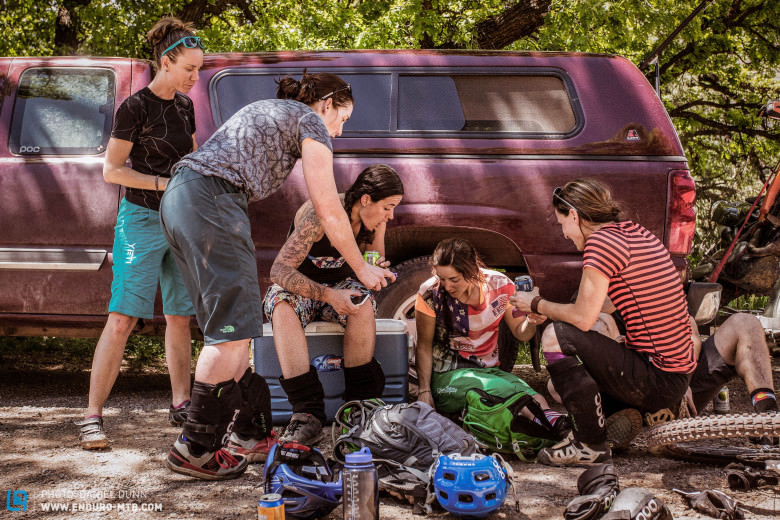
If we talking about women in enduro racing then there is unity in the scene: there aren’t enough of them. Everyone has heard the cliches from athletes, media representatives and manufacturers “We want to get more women excited for the sport”. Why exactly? Girls, hand on heart we are living in paradise: we stick out like a sore thumb and always sure to get special treatment and extra help. No punctures need be fixed by us, no fork servicing where we’d have to pay the full price. In competitions we can make it to the top of the leagues within a short time thanks to the small fields, in fact quite often there are no more participants than podium places at the small races. Last but not least we are surrounded by fit and easy to impress menfolk, who will give away their hearts if a girl can even adjust her own gears.
Why would e want to change anything?
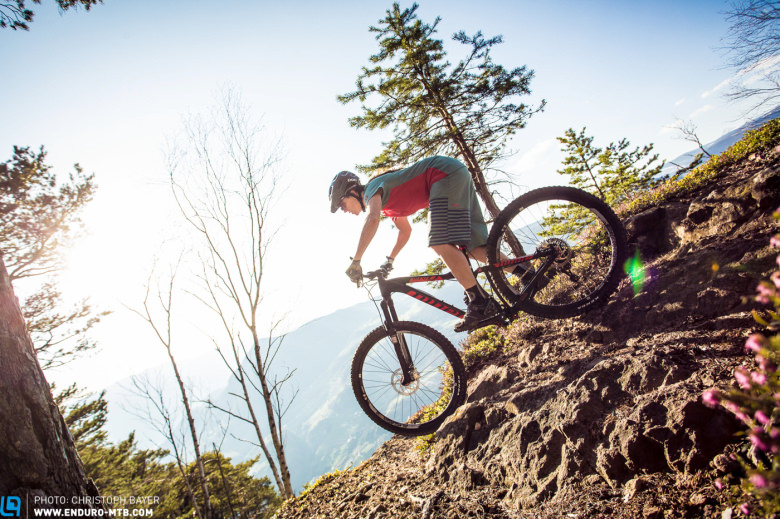
The answer is simple: there are drawbacks. Belonging to minority in a sport can be frustrating in other situations. On that podium you don’t get a bike-friendly prize but a piece of porzellan.
A stranger adjusts the rebound on your fork unasked, thinking he’s doing you a favour. You open a magazine and only see your sex pictured in adverts wearing bikinis. You’re one of the ten fastest in your discipline worldwide and still can’t find any sponsors. You’re afraid of taking part in a shuttle ride because you’re scared of being laughed at. Every biker lady knows these situations or one similar. Who is guilty? Not a chauvinist male minority but the simple fact that there are still far too few ladies on mountainbikes. Even when our share is steadily increasing, men shape the picture of our sport. The same old story – not just boring but also the breeding ground for prejudices. This is why we need more women on bikes. But how can we get more of you excited in off road riding?
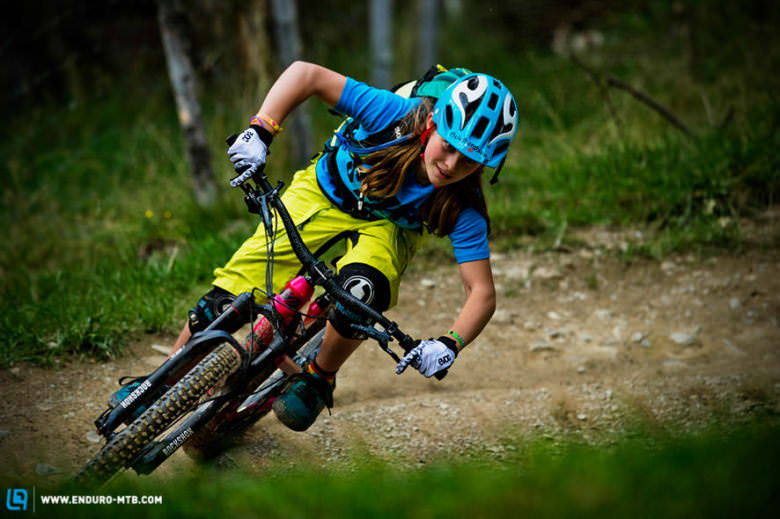
The industry has already taken this question on board, understandable as it’s about a lot of money. Women are a slumbering target market, a treasure pot which just needs discovering.
Whilst the group of biking men is already large and therefore needs entertaining with a constant stream of new technical innovation the majority of women don’t even have a bike. “Target market growth” is the buzzword which gets resourceful marketing experts excited.
One route to get more women into the sport is for many manufacturers via women specific products. Just as there are clothing lines for men and women so bikes and accessories are developed for the tastes and needs of women. Especially in the area of bike wear this is long overdue as very few ladies have an interest in practising the sport dressed like men.
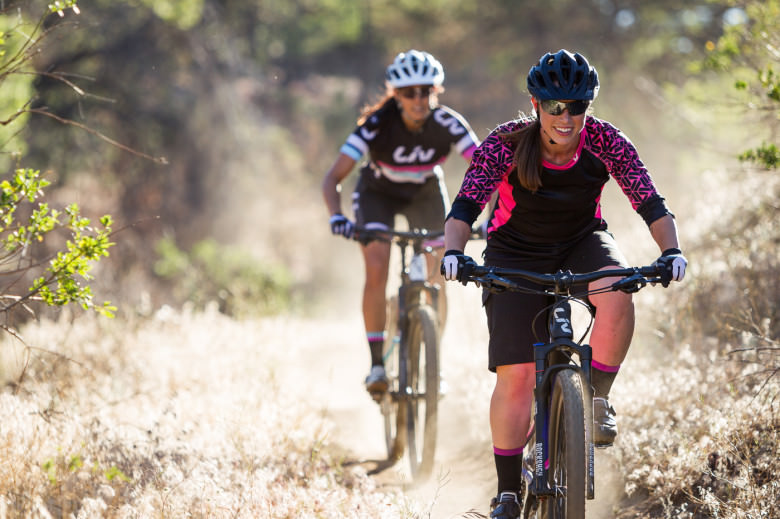
But what about Ladies bikes? Is a bike not really more a functional than a style object.
Are the ergonomics of a lady so different from a petite man that she needs a women’s specific bike? Of course not.
A women’s specific bike makes as much sense as a women’s specific wheelbarrow. And yet they still have their place when it’s about getting more women to ride. There may not be any ground breaking technical innovations behind women’s specific product lines but they do signalise: we are interested in you! It’s not just about big balls and nerdy tech talk, here you can find the things that the majority of women like.
This is what can sink the inhibition threshold for first contact to a parallel world, one which on first sight looks completely male dominated. And it isn’t just the manufacturers who profit from this – rather also the women bikers, because the more of us there are, the more seriously we get taken.
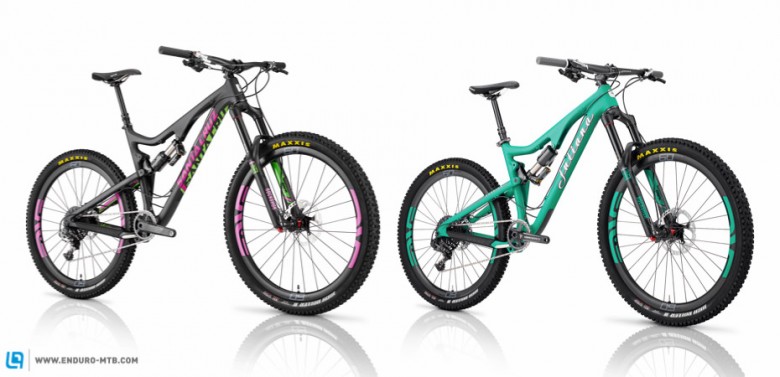
But products are just one step on the journey. What is easy to forget with the special women’s products is the fact that most women haven’t been brought up with a passion for technology and innovation. They don’t come to biking because of this but because they are looking for a change of scenery, belonging, action and experiencing the outdoors – which bike they do it on is for most of secondary importance. It’s for this reason camps and riding skills courses for women are booming: there are no products bought here rather you experience a good time with like minded people. The recipe for success is the promise of experiencing this great sport without being the only one of your species.
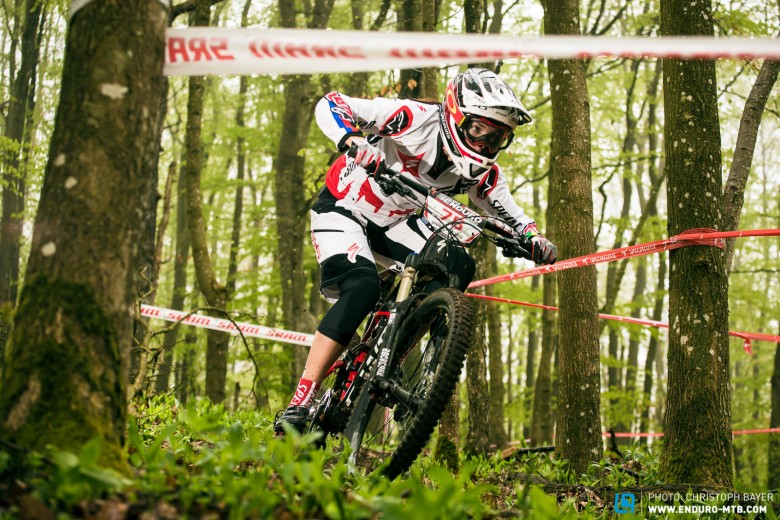
This promise is however the key to getting more women into biking. “You are not alone!” – this needs to be much clearer. There are numerous fascinating and inspirational women out there.
They live passionately for their sport, drive it forwards, reach unbelievable levels of performance, steer the industry and sometimes just have fun evening rides just like us.
These women must become more visible. This is an appeal for all women to self-confidently stand up for your passion, not to hide themselves but to show what we can be capable of!
Be inspirational! This is also an appeal to the media, manufacturers and the race scene not just to present women as an “addition”, as an afterthought which one can just about allow to join in. Men are the norm, women are a special case? Women permitted in adverts for ladies bikes but not for men’s? This narrow-mindedness is already beginning to break down.
If it is immediately apparent opening a magazine or watching a bike team that women ride because they love biking just like men – then more and more women will discover our sport and enrich it with their talents.
We asked insiders about their opinion on this topic:
Anna Weiß, Editor World of MTB Magazine

“Even though outdoor-passionate women name the same motivations as men (experiencing the outdoors, fitness, escaping every-day life…) and these needs can be ideally satisfied through biking
its exactly these benefits which get lost in the scene’s tech talk. The amount of women riding will increase either way because there are more and more women athletes out there with a better media presence and thus more women come into contact with the sport.We really need to make clear why the relatively high initial investment is worth it.”
Elena Forchielli, Beti Allride, Mountain Bike Skills Clinic:
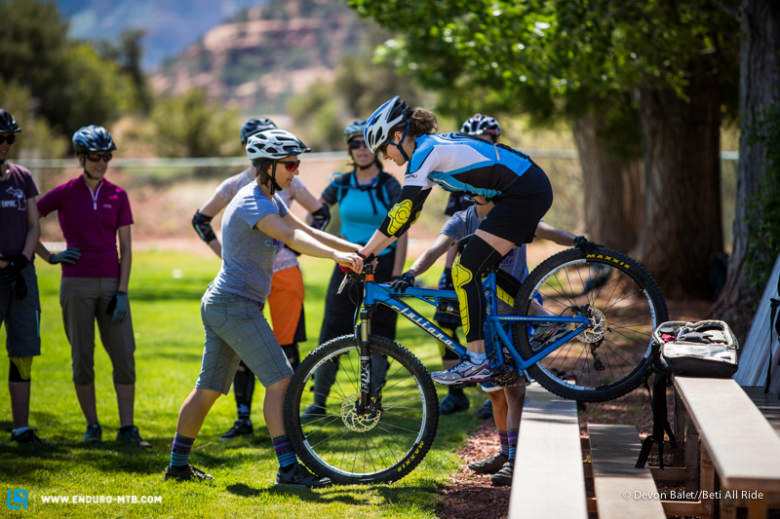
“The benefits and popularity of women-specific clinics are undeniable. I haven’t come across a single venue or local riding chapter that doesn’t have programming targeting women. These numbers definitely reflect a growing demand. The most exciting part: that the women’s riding community has reached a critical mass and it’s taking charge! It’s especially apparent in the close-knit circles that women create around riding. For women, mountain biking is about community, it’s an activity that brings people together in a positive way. And for every woman that becomes a new rider, she brings along five of her friends.”
Words: Hannah Röther Photos: Daniel Dunn, Christoph Bayer, LIV PR, Tom Bause, Devon Balet, Nathan Hughes
Did you enjoy this article? If so, we would be stoked if you decide to support us with a monthly contribution. By becoming a supporter of ENDURO, you will help secure a sustainable future for high-quality mountain bike journalism. Click here to learn more.








